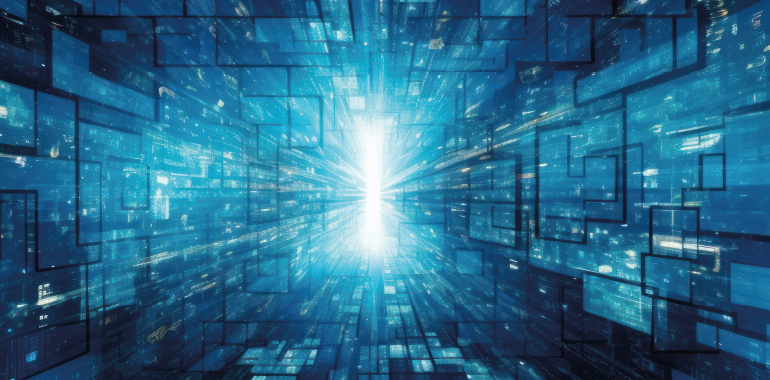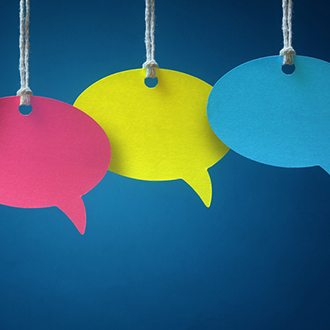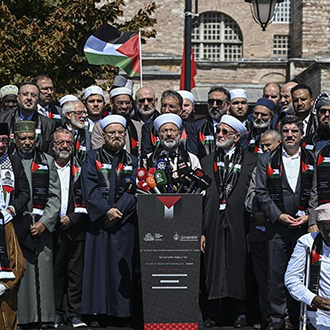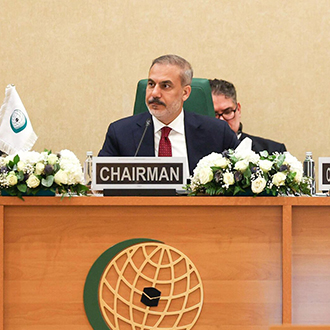An uncritical embrace of this transformative shift, characterized by the easy manipulation of perception, the reckless questioning of established values, and the reshaping of privacy norms, while regarding it as entirely natural, would be excessively optimistic. Failing to acknowledge the potential threats this digital evolution poses to the integrity of families, societies, and the very future of humanity is shortsighted. When considering the source and flow of information, it becomes apparent that the opportunities brought by the digital age also actually foster major cultural imperialism and global standardization in every aspect of social life. While digital technologies offer undeniable convenience by erasing most boundaries, they simultaneously amplify cultural diffusion and empower dominant societies to impose a more extensive cultural hegemony over others. In addition to traditional elements like newspapers, radio, television, movies, and music transitioning to digital platforms, new entities such as news agencies, social media channels, shopping platforms, and computer games have emerged as culture bearers of a uniform capitalist world model. The fact that values, principles, consumption habits, and criteria of taste are becoming more and more globally monotonous is a phenomenon that needs to be examined in this context. Perception operations, employing a vast array of propaganda techniques, make all societies in need of the same thing and addicted to the same pleasure and bring about a detachment from what is local and authentic over time. Meanwhile, new artificial values (!) substituted through similar methods, and global role models produced in every field, from sports to art, education to politics, and from entertainment to aesthetics, leading to the homogenization of societies in terms of consumption patterns and ways of living.
Today, communication technologies and new media, empowered by the internet, facilitate the internalization of a uniform culture among all societies, transcending national, political, economic, and moral boundaries. This fosters the development of a uniform and globally networked society characterized by a diminishing sense of cultural distinctiveness across a wide spectrum of human experience, including attire, cuisine, entertainment, artistic expression, family structures, and social interactions. In today’s digitally integrated societies, spanning from Asia to Africa, from Europe to America, sociocultural life, consumption habits, entertainment culture, and many other social structures have become rapidly similar, identical, and even commonplace in a short period of time, which is essentially a reflection of subliminal operations carried out through various media and information tools. This is essentially the result of cultural imperialism, which is carried out by encouraging the masses to aspire to artificial values, symbols, and images. Therefore, societies that are unable to be economically and technologically active are in danger of losing their cultural authenticity altogether as a result of their aspiration to the lifestyles imposed by dominant cultures.
In fact, aspiration is defined as the endeavor to attain a desired situation or to emulate what one admires or to resemble what one likes as a manifestation of the desire to complete oneself arising from a sense of inadequacy. This drive, fueled by the inherent desire for social acceptance, constitutes a significant phenomenon that facilitates individual adaptation to society. In this respect, it is common for aspiration to be particularly pronounced during the formative years of individuals, as this is when they learn about life and establish social connections to a large extent. In fact, in local and traditional societies, the first role models for people to aspire to are usually family members, especially parents. Thus, it is seen that local, natural, and original role models who are equipped with the material and moral values of the society they live in and who have gained the appreciation of people are effective. Therefore, the transmission of society-specific values across generations occurs organically through the influence of authentic figures who are not externally constructed but rather emerge within the natural fabric of social life. Fostering the aspiration of young people towards these societal contributors is nothing but an effort to cultivate and perpetuate the core values of the community.
Certainly, it cannot be denied that such aspirations are problematic for individuals and society. However, in a globalizing world, it is evident that the primary determinant of the direction, quality, size, and target of aspiration is the level of development of societies and the economic and technological opportunities available to them. In this context, new media elements, which enable the dominance of a culture directed from a single center, make cultural degeneration inevitable as they direct the interest and aspiration of passive societies to other worlds. This makes it difficult for individuals to form a unique self and fulfill the requirements of their existential identity with an approach specific to their own society. As long as people are unable to transform aspiration into the realization of their own essence in every field that reflects individual and social identity, they are doomed to lose their authenticity and live lives designed with the cultural codes of others.
In today’s era of global cultural interaction, preserving existential values such as identity, personality, freedom, and authenticity requires greater attention, prudence, and diligence than at any other time in history. In the face of rapidly changing agendas, individuals must pause, reflect, and cultivate self-awareness. Awareness serves as the first crucial step towards opening the door to the self, authenticity, and freedom. A clear mind and a resolute stance, grounded in awareness of the current era, offer a vital advantage in accurately interpreting the synthetic realities of the modern world within the context of globalization and understanding the underlying dynamics. However, modern people, affected by the age of technology and bombarded with constant stimuli, struggle to find solitude and have a serious weakness in discerning what belongs to them from others. The vision of life based on pleasure, speed, and ambition that they are addicted to makes their struggle for self, authenticity, and freedom even more difficult.
In this context, staying completely away from the Internet and new media elements, which are at the center of cultural interaction, as a means to preserve authenticity cannot be a recommended approach. Moreover, such isolation is impractical in the world of tomorrow. However, while utilizing all forms of communication and interaction, creating an environment that is shaped by the beliefs, culture, and civilizational values specific to the society can empower the individuals and the society with the opportunity to resist negative and destructive external influences. Indeed, a society’s ability to nurture an environment shaped by its beliefs, culture, and civilizational values is intricately connected to its development across multiple dimensions. This includes intellectual advancement, political stability, and socio-economic prosperity.









